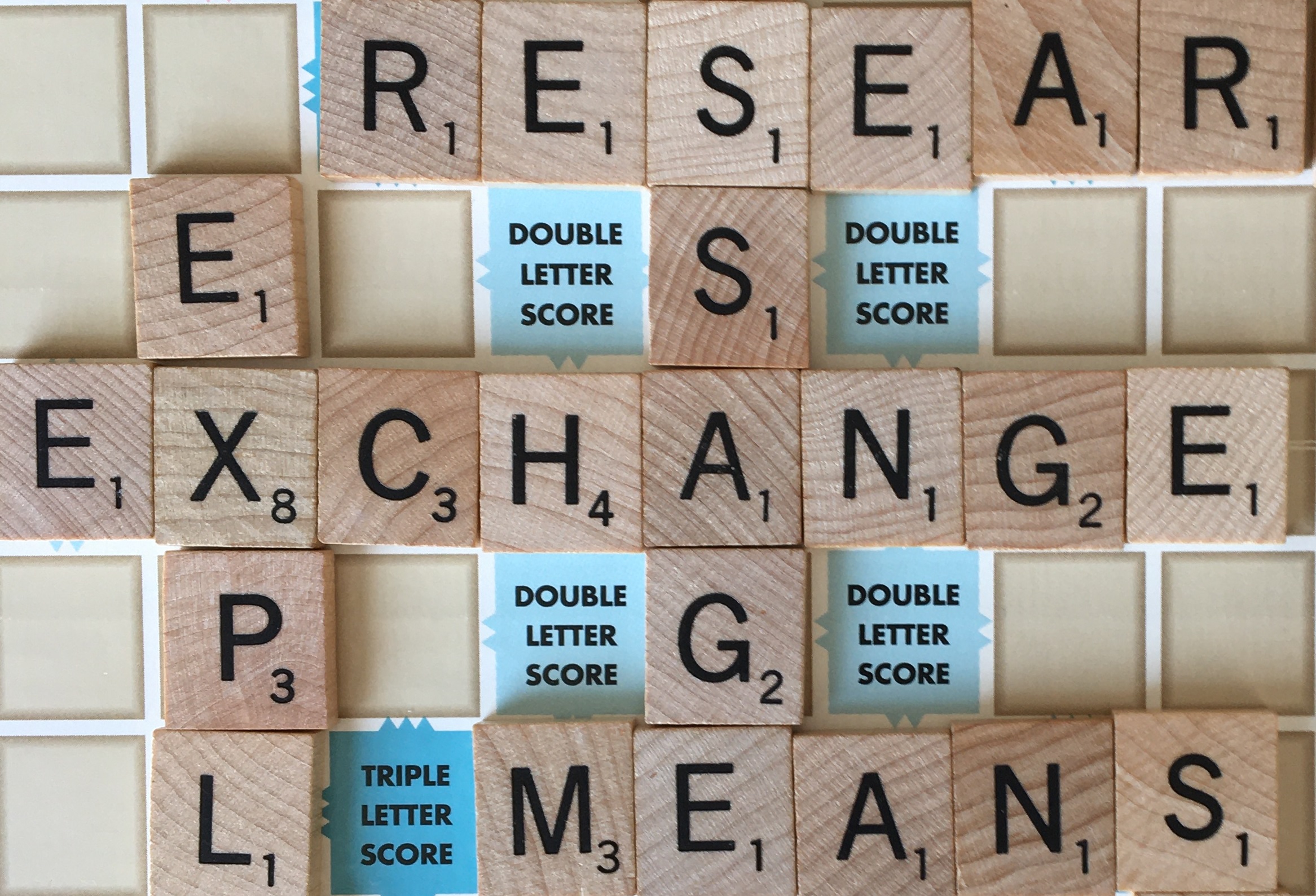Background on Text
A comment's come in from you, my readers, and the comment goes, "In all these posts about Message, you tell us lots about Theme, but really nothing about Rheme. Could you expand on the Rheme please?"
I will, but first: Thanks for the comment.
Okay, now, let me recall for you that the Theme and the Rheme make a system in the clause. The words of a clause belong either inside the Theme or inside the Rheme. However, this exhaustive distribution of words has one specific grammatical function, and that function is this: Get up to the front of a clause all the material which best serves to connect the clause to all the other clauses of the text.
Notice that I say, connect the clause to all the other clauses. I do not say, connect the information of the clause to all the other information in the text. That is a critical distinction to make, because it tells you how Theme-Rheme is a structural system of the grammar. The function of Theme-Rheme is to manage components of the clause, but not, per se, to manage units of the knowledge in clauses. Therefore, the accurate view on the system is to see Theme as the connective tissue of a text. Theme is the weaver of clauses, if you will. Because, as you will learn in the coming posts, the system serving to manage those units of knowledge is actually another, called the system of Given-New.
First, though, let us take a look at this weave-process of the Theme-Rheme in motion. Download my illustration here.
Please email comments or questions to daniel.shea∂kit.edu
This blog is for you.

